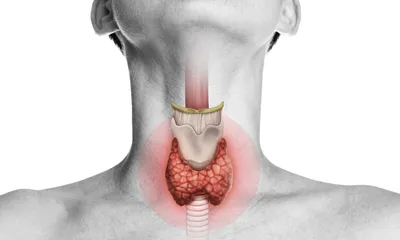HIV
-
Description
-
Signs & Symptoms
-
Anatomy
-
Cause
-
Diagnosis
What is HIV?
HIV stands for human immunodeficiency virus, and it is a chronic condition where the immune system is progressively less able to fight infection and disease as the HIV virus destroys ever-greater numbers of white blood cells. The risk of death from HIV is not so much from the virus itself as when it progresses into AIDS (acquired immunodeficiency syndrome) and the body becomes unable to defend itself from other infections or diseases. Some of which may lead to death because of the failure of the immune system to combat them and challenge their progression.
There are different phases to HIV infections. The first one is the primary infection stage, also called acute HIV. This is when the virus has only been in the body for 2 to 4 weeks, and it is possible that the individual will not be experiencing symptoms yet although viral load is high. The second one is clinical latent infection, or chronic HIV, and this is when HIV is established white blood cells, but the disease is not progressing towards AIDS yet. This stage can last many years for some people.
Symptomatic HIV is the phase where a person really starts to deteriorate physically as the virus begins to multiply and kill immune cells. Progression into AIDS is imminent at this point if antiretroviral therapy treatment is not already underway for the patient.
What Causes HIV?
HIV can only be contracted by coming into direct contact with the virus, and this is usually through sexual contact with an infected individual. HIV is an STI (sexually-transmitted infection), although contact with infected blood through a transfusion or when people share needles or syringes can also be behind what causes HIV. It is also possible for a mother to pass HIV to her newborn baby.
Risk factors for getting HIV include having unprotected sex with partners who are not part of a monogamous relationship, having an STI with open sores on the genitals, and injecting illicit drugs. HIV cannot be spread by saliva and is not possible with skin contact either. Donating blood will not expose you to HIV.
HIV Symptoms
It is only in the symptomatic HIV phase that pronounced symptoms may be seen with sufferers. These HIV symptoms include fever, fatigue, swollen lymph glands, weight loss, diarrhea, oral yeast infection (thrush), shingles (herpes zoster), and pneumonia. As HIV progresses into AIDS a different set of symptoms becomes possible, with the infected person having:
- Sweats
- Chills
- Recurring fever
- Ongoing diarrhea
- Swollen lymph glands
- White spots or lesions in the mouth that reappear constantly
- Weakness
- Rapid weight loss
- Skin rashes or bumps
HIV Treatment
The most conventional approach to HIV treatment is to have the person start on antiretroviral medications like Atripla or Truvada that will suppress the virus and slow the progression of the infection into AIDS. ART therapy for HIV with these types of medications will not cure the infection, but it will make it manageable and prevent HIV from becoming AIDS reliably for most patients.
It is common with HIV treatment to pair these ART drugs with NNRTi or NRTi medications that also work by taking away certain building blocks that the HIV virus will to be replicating itself. Protease inhibitor drugs work the same way as a supplement to ART therapy and may also be effective in preventing AIDS after an HIV infection.
Signs & Symptoms
- Fever
- Chills
- Rash
- Night sweats
- Muscle aches
- Sore throat
- Fatigue
- Swollen lymph nodes
- Mouth ulcers
- Rapid weight loss
Anatomy
- Immune system
- Lymphatic system
- Blood
- White blood cells
- Lymph nodes
- Spleen
- Thymus
- Bone marrow
Cause
- Human Immunodeficiency Virus (HIV)
- Unprotected sexual contact
- Sharing needles or syringes
- Blood transfusions
- Mother-to-child transmission
- Accidental needle sticks
- Contact with infected blood or bodily fluids
Diagnosis
- HIV antibody test
- HIV antigen/antibody test
- PCR test (viral load test)
- CD4 count
- Western blot test
- Home test kits
- Rapid HIV test
- HIV RNA test



